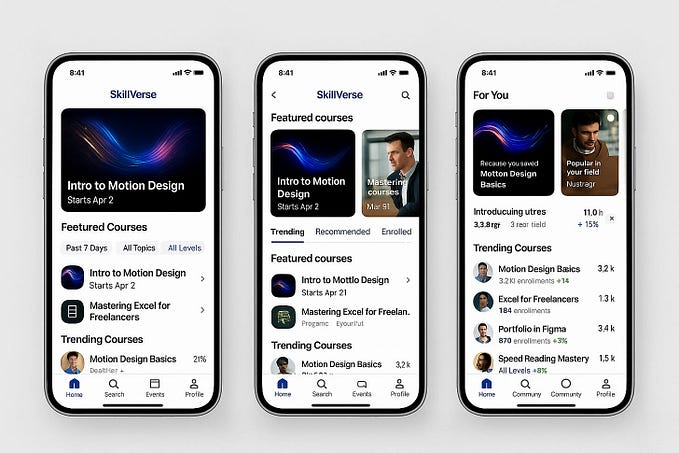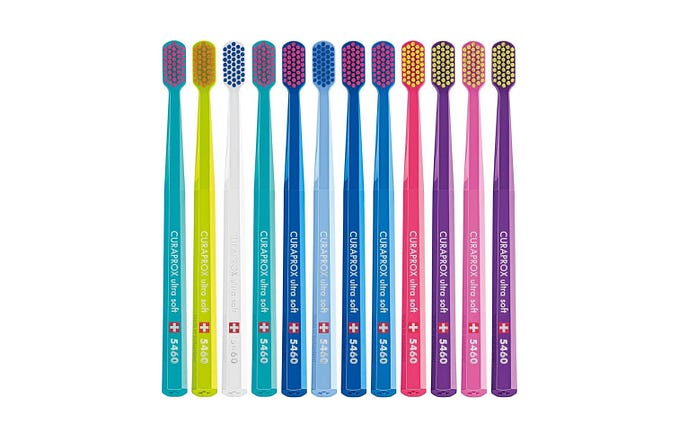Member-only story
Applying machine learning to your UX research process

When we think of Data Science, or Machine Learning, or AI, we often think of it as something that it has nothing to do with our day-to-day design works. Maybe some designers are even afraid that AI might take over our jobs, as more companies are building AI designer services.
However, Data Science is not that far away from UX, and to be honest, UX and Data Science share the same goal — to discover user behavior. It is just that Data Science works from a quantitative perspective while UX works from a (relatively) qualitative perspective.
The VP of creative product at Netflix, Rochelle King, is one of the big names in the design industry that advocates how important it is to use data in our daily design, and Netflix benefits from this a lot.
For Rochelle, data is a synonym for “information about your customers.”
As she explained — Data came in many forms, there are “big” data such as A/B testings result that you got from millions of customers, but there are also “small” data such as the results you got from interviews, observations, and so on.
Probably a lot of us have already tasted what is it like to integrate data into our design works. Tools such as Google Analytics provides information like clicking events, demographics that help us, as a designer to understand the users better. Sometimes we also work with developers to implement A/B testings in products and find out which design works best for users. These are all examples of using data to assist our design works.
Data allows designers to gain three types of knowledge:
- Descriptive Knowledge
The most common knowledge you wanted to gain when you launch a user research session. Explain what happened. Why did the user click this button rather than the other one? Why did the user quit the page? Who are the ones that like this design? - Predictive Knowledge
Effective for improving product strategy. Knowing cause -> effect, saying what will happen if you implement this design, known what your customers will do next. - Synthetic Knowledge
Opposite of predictive knowledge, knowing effect -> cause. To answer questions such as “I will like users to do this, how can I achieve it?”








